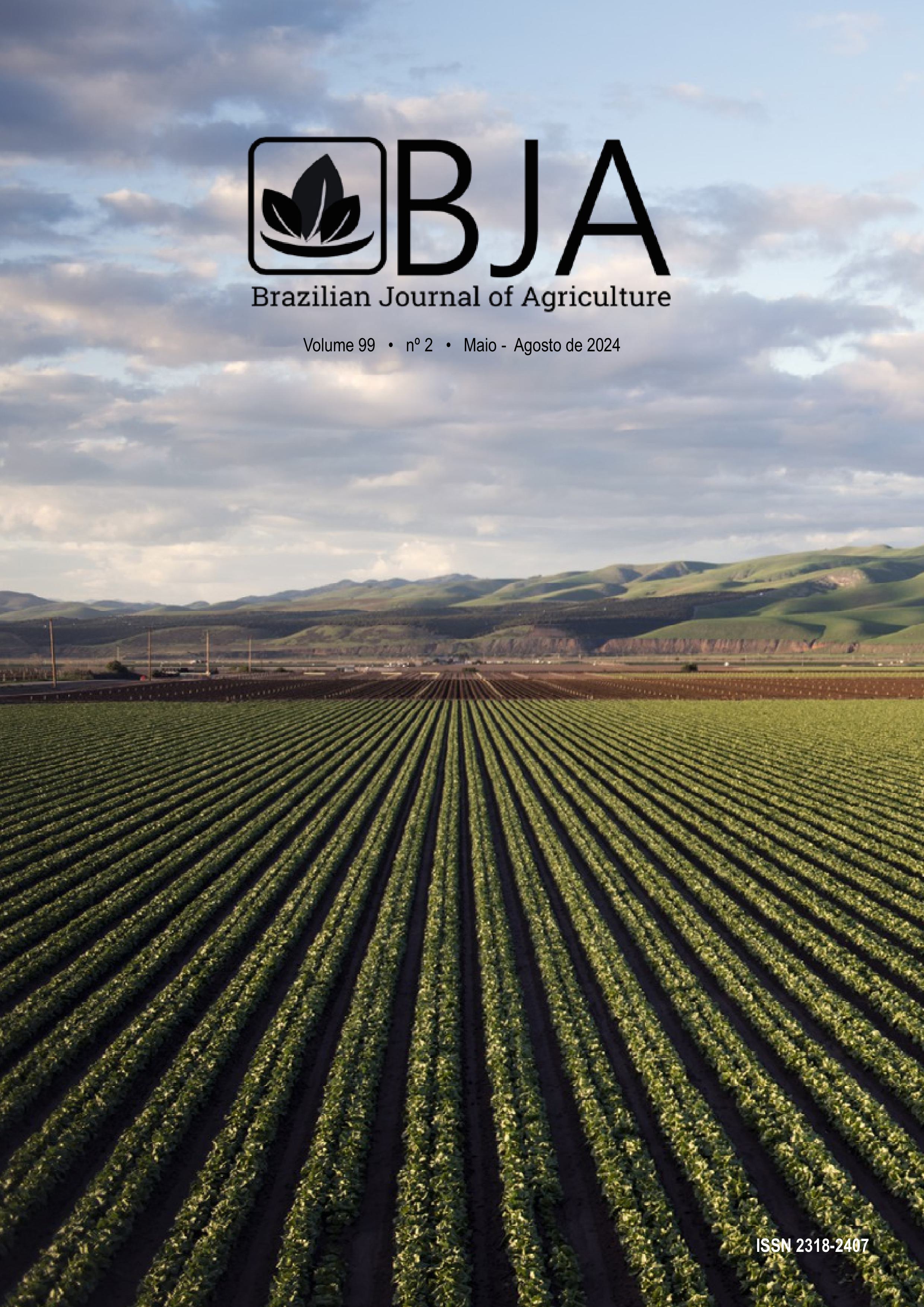A Validation of the chemical control for coffee leaf rust in the susceptible variety Caturra in the south of the department of Huila.
DOI:
https://doi.org/10.37856/bja.v99i2.4357Abstract
CLR (Hemileia vastatrix) is the disease with the greatest economic and social impact on coffee production in the world, causing losses of up to 50% of productivity in susceptible varieties without proper and timely management. The department of Huila is the current largest producer with approximately 19% of production, going from 136,000 ha planted in 2012 with 61% in susceptible varieties, to about 150,000 ha in 2020 and 30% in susceptible varieties, mainly in the southern area of ??the department, indicating the advancement of the department's coffee sector. However, there is still an important area under threat from coffee rust, which must be controlled and reduced. The objective of this work was to validate the chemical management strategy for rust in commercial crops of the susceptible variety Caturra in the south of the department of Huila (Colombia). The evaluation was carried out in two commercial crops of var. Caturra at two altitudes at 1.410 and 1.280 m, where each batch was divided into three plots to monitor the blooms and the percentage of incidence of the disease from 2016 to 2018. The validation criteria consisted of: fixed calendars (CC1), adjustment of the main flowering (CC2), farmer (CA3), and finally without disease control (SC4). The incidence in critical periods was above 30% of the level of economic damage, directly accompanying the physiology of production. The criteria (CC1-CC2) and with the use of the recommended fungicide showed a lower incidence (AUDPC) compared to the other criteria evaluated, presenting a positive effect on the control of the disease, allowing a retention of foliage and delaying the curve of the disease reducing to 30% the incidence in critical periods. In addition, the risk of Colombian coffee growing has increased in recent years, especially due to the climatic variability that generates advances or delays in the peaks of the disease and generating reductions in the incubation periods.Downloads
Published
2024-10-11
How to Cite
MARIN, Gustavo Adolfo; LÓPEZ FRANCO, Ferney; LÓPEZ VÁSQUEZ, Juan Manuel; ANGEL CALLE, Carlos Ariel. A Validation of the chemical control for coffee leaf rust in the susceptible variety Caturra in the south of the department of Huila. Brazilian Journal of Agriculture, Piracicaba, v. 99, n. 2, p. 13–35, 2024. DOI: 10.37856/bja.v99i2.4357. Disponível em: https://fealq.org.br/ojs/index.php/revistadeagricultura/article/view/4357. Acesso em: 23 dec. 2025.
Conference Proceedings Volume
Section
Artigos
License
Copyright (c) 2024 Brazilian Journal of Agriculture

This work is licensed under a Creative Commons Attribution-NonCommercial 4.0 International License.












